
Ceiling Fan Guide
Accessorize Your Ceiling Fan
We’re big fans of keeping your house efficiently cool while looking perfectly stylish. This is why ceiling fans are a staple in nearly every well-styled home. But, what not everyone knows, is that if you accessorize your fan with a few key items, it can become even more suited to your unique needs.
Get to Know Your Fan
The first step to determining what accessories you might need, is to figure out what you already have. Look at the list of items included on the box and make sure you can account for each one as you unpack the product. Next, understand the attributes of your fan, to better understand which accessories will work best.
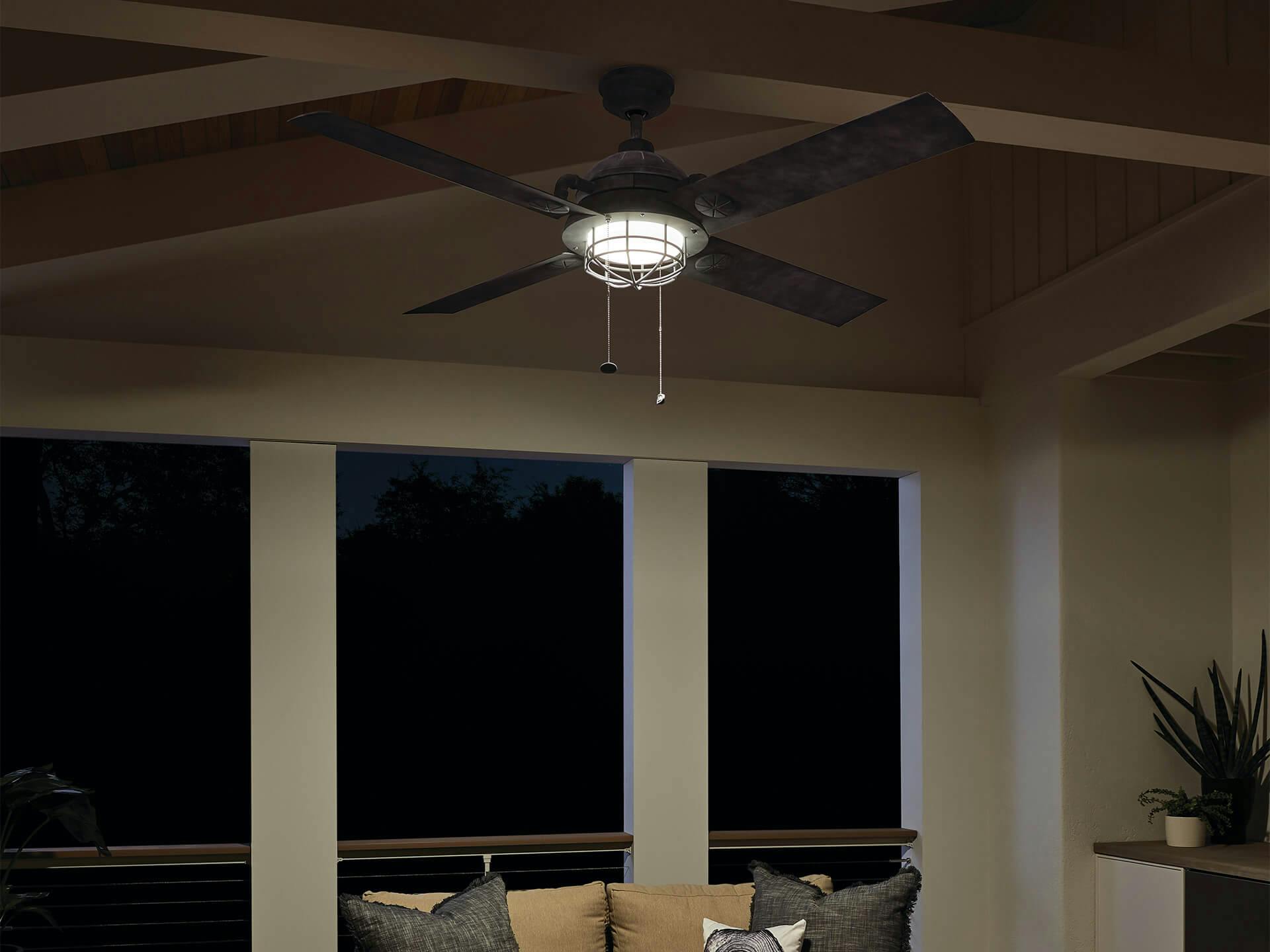
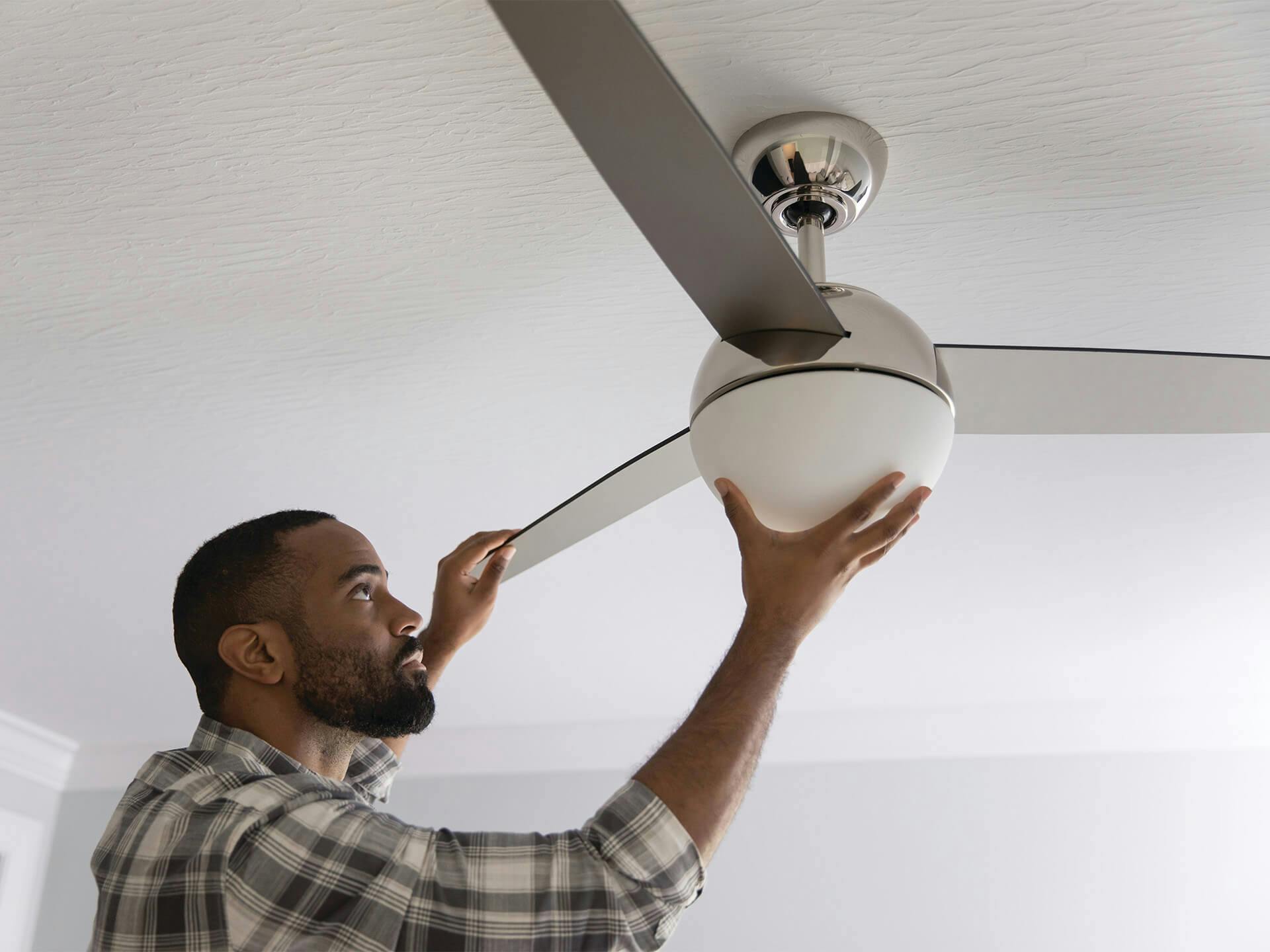
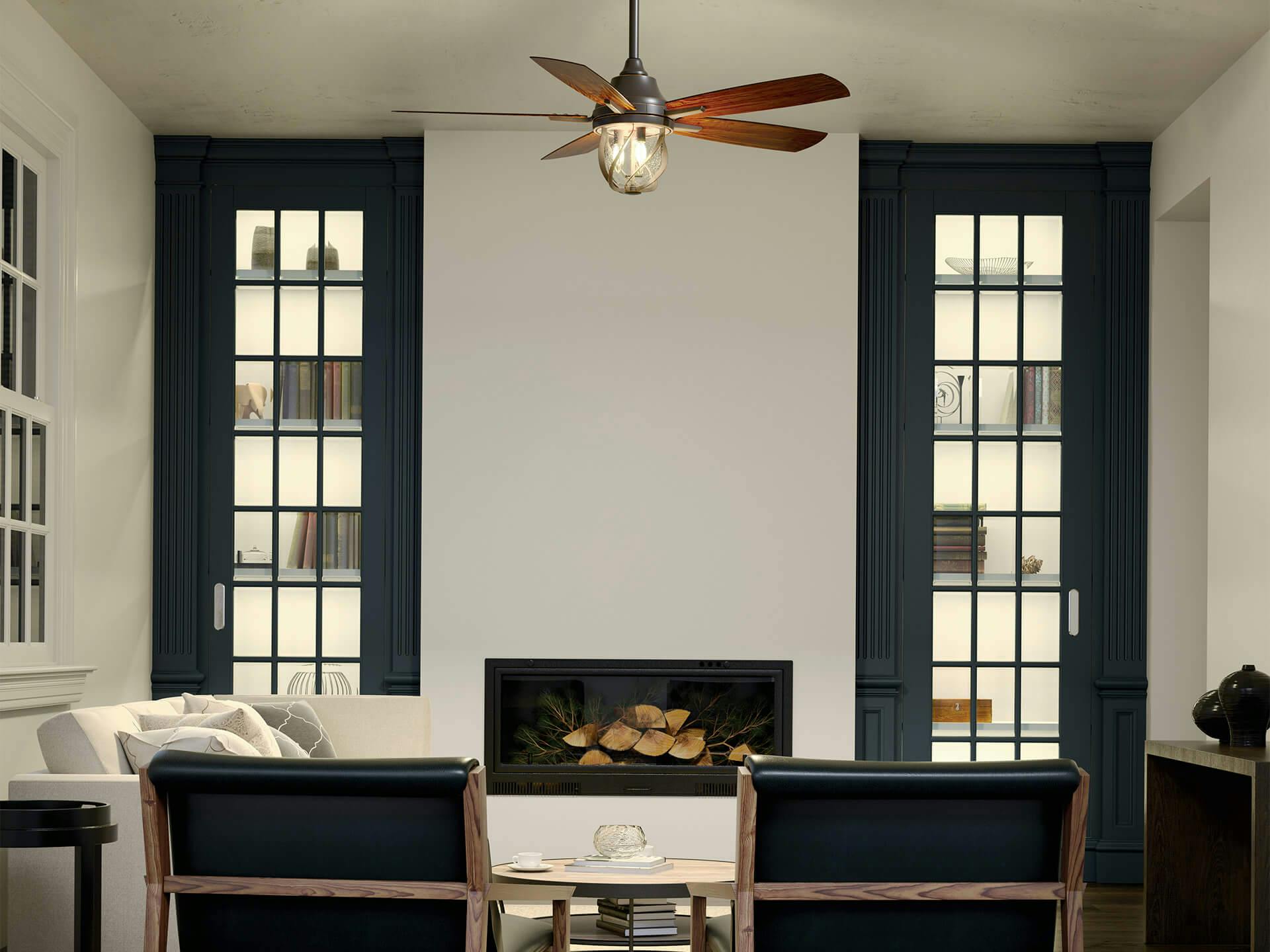
Is your fan AC motor or DC?
You can find this information on the box your fan came in, the Instruction manual and/or the label affixed to the fixture. This information is important to know because AC fans are compatible with more accessories than DC fans.
Does your fan come with a pull chain or wall control or handheld control?
Typically, fan speed and direction are controlled by either one or two pull chains or, for newer fans, they’re controlled by a remote. Remotes can be handheld or mounted to a wall. If your fan has a pull chain but is mounted on a high ceiling, you may want to invest in a remote accessory.
Is your fan dual mount?
Some fans can only be installed against the ceiling, which works great for most rooms with lower ceiling heights. However, there may be a room style or preference that requires a need for it to hang lower, away from the ceiling. In this case, you would use a downrod. If your fan is dual mount, then you can choose whether to use a downrod or flush mount.
Where will you install your fan?
If you’re looking to install your fan indoors on a flat ceiling, there’s usually no need for additional accessories. However, if you want to install your fan outside or on a sloped ceiling, you may want to purchase an additional kit. If you are shopping for an outdoor fan, start your search on the outdoor ceiling fan page. For other info, refer to your fans instruction manual.
Does your fan come with a light?
If you’re looking for your fan to be a true multi-tasker, see if it comes equipped with a light or the option to add a light kit or swap out the existing bulbs. This will help you identify if you need an additional lighting kit.
Common Fan Accessories
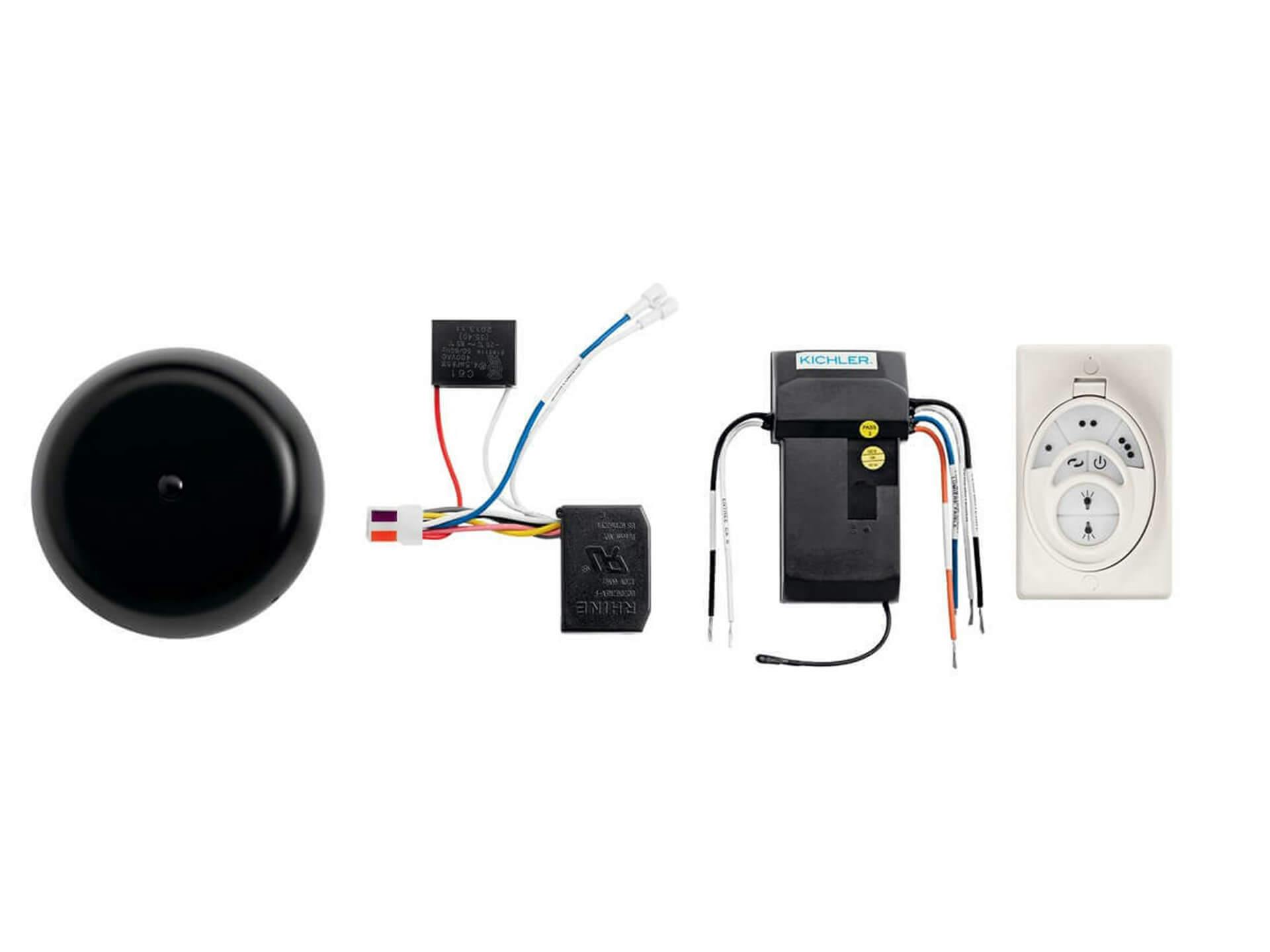
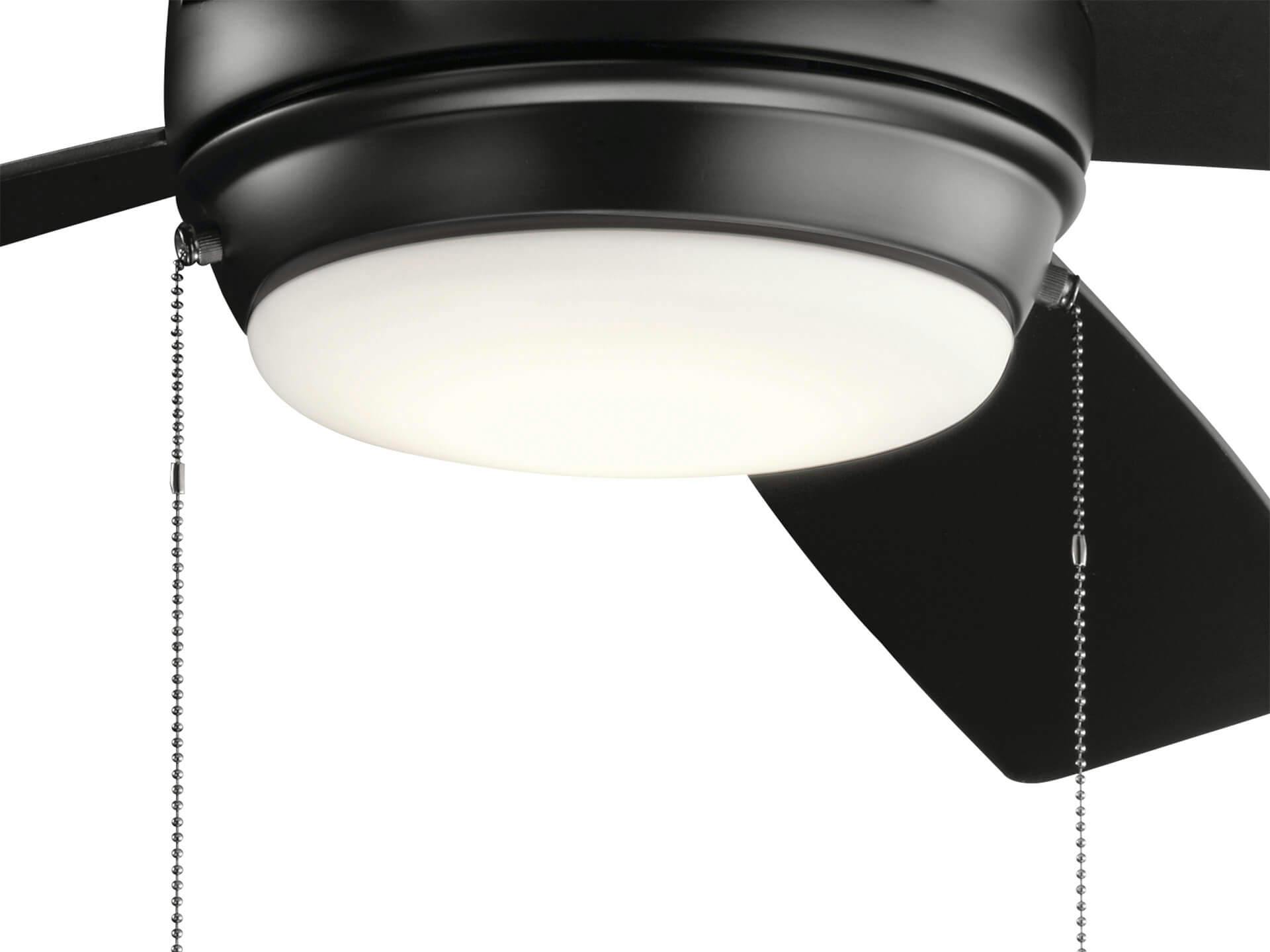
Many fans come with the option to purchase a control that makes it more convenient to change the speed and sometimes even the direction of the fan blade rotation as well as adjust the light levels. There are two types of remote controls, depending on your needs. There is a handheld control, which is similar in function to a TV remote. This allows you to control the fan and adjust the light from anywhere. The downside is it can more easily get swallowed by a couch cushion. A wall control, on the other hand, is mounted to the wall, often next to the light switches for a room. This keeps the control in one place and lets you adjust the atmosphere as you enter the room.
Mounting Accessories
There are different accessories to help you mount your fan depending on your space and style needs.
This is for fans that will be installed snug or closer to the ceiling. As the name suggests, this product makes a fan sits closer to the ceiling and adds an element of sophisticated style.
Downrod
If you need your fan to hang lower, a downrod creates space between the ceiling and your fan, leaving the fan at a more ideal height from the ground. Different downrods can have different lengths and widths. Look for one that’s right for your ceiling height, so you can make sure your fan hangs in a way that is best for its use and your space.
Downrod Coupler
Sometimes, you need a little more length from your downrod. In that instance, you can get a downrod coupler. This allows you to attach an additional downrod to an existing downrod. This is helpful because it allows you to customize your height further than a downrod alone.
If your space has a sloped or vaulted ceiling, a typical fan won’t attach correctly, so it’s important to make sure you have a sloped ceiling adapter. A sloped ceiling adapter works with the slope of the ceiling to allow the fan to hang straight down (the adapter compensates for the slope.) Some fans come with a slope adapter, but this accessory allows for greater degrees of slope. This can be used both indoors and out to make sure your fan works perfectly in your space.
Sometimes you want your fan to shine some light on your space as well. In that case, a light kit or light replacement kit can help. These kits are designed to help you add a light to your existing fan, or change the look of the lights you currently have in your fan. Either way, they can help you light up and cool down at the same time.
Make sure you find the right accessories for your fan and your space. Once you do, you’ll know that having the right accessories can make loving your fan a breeze.